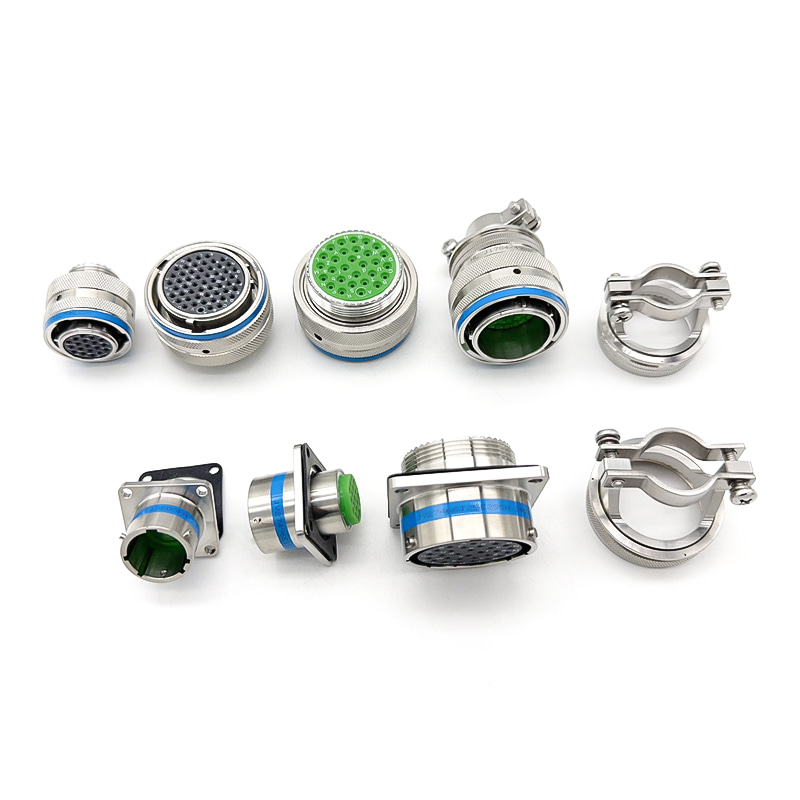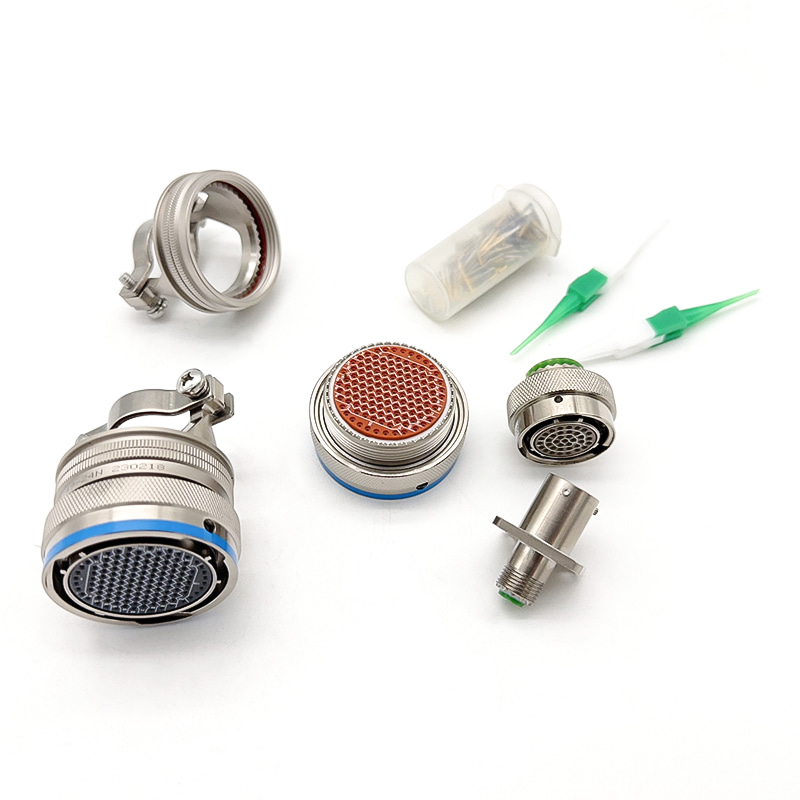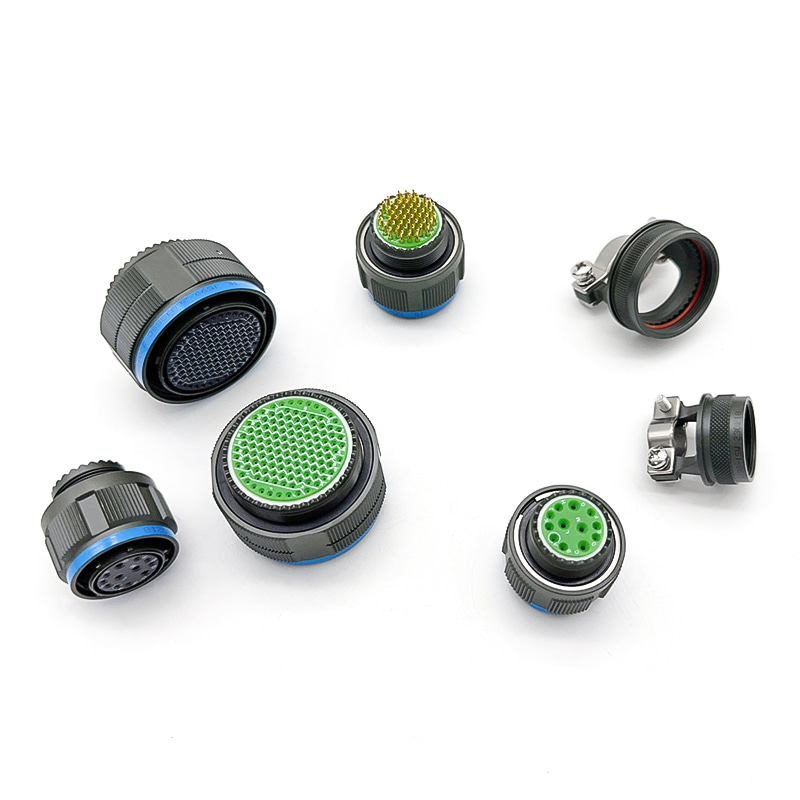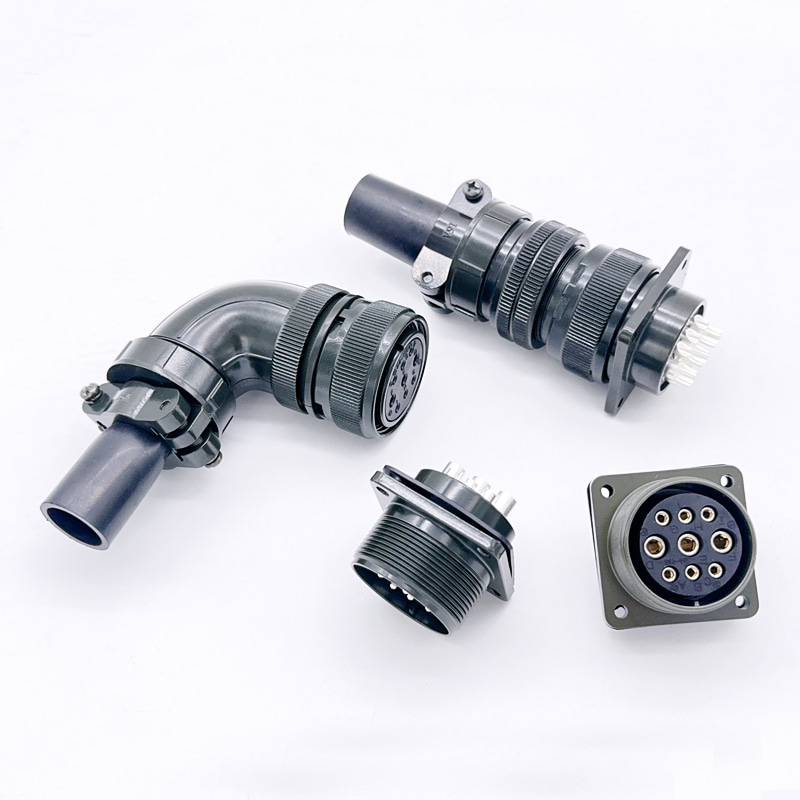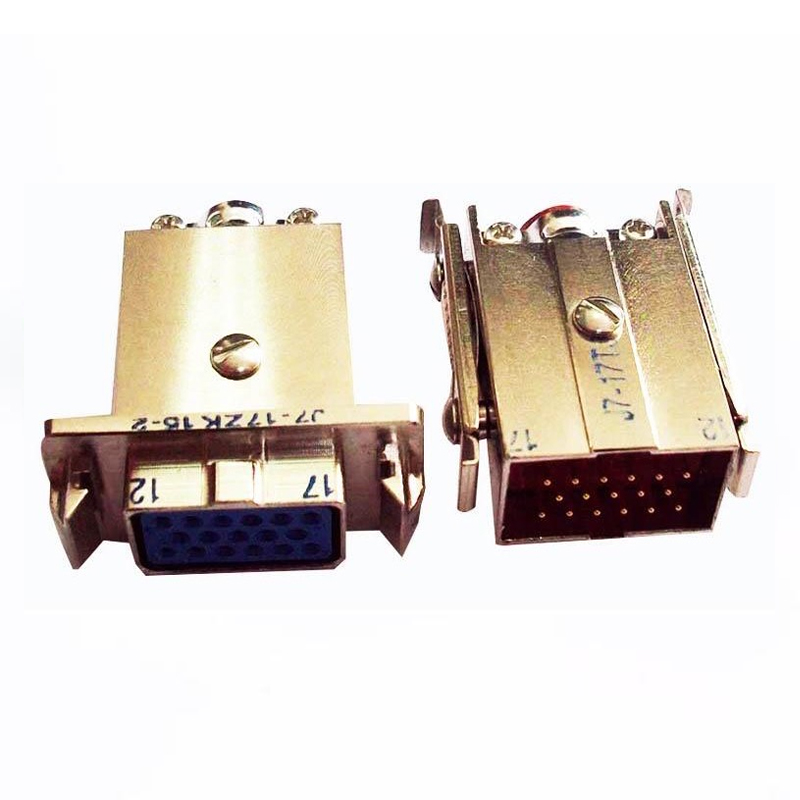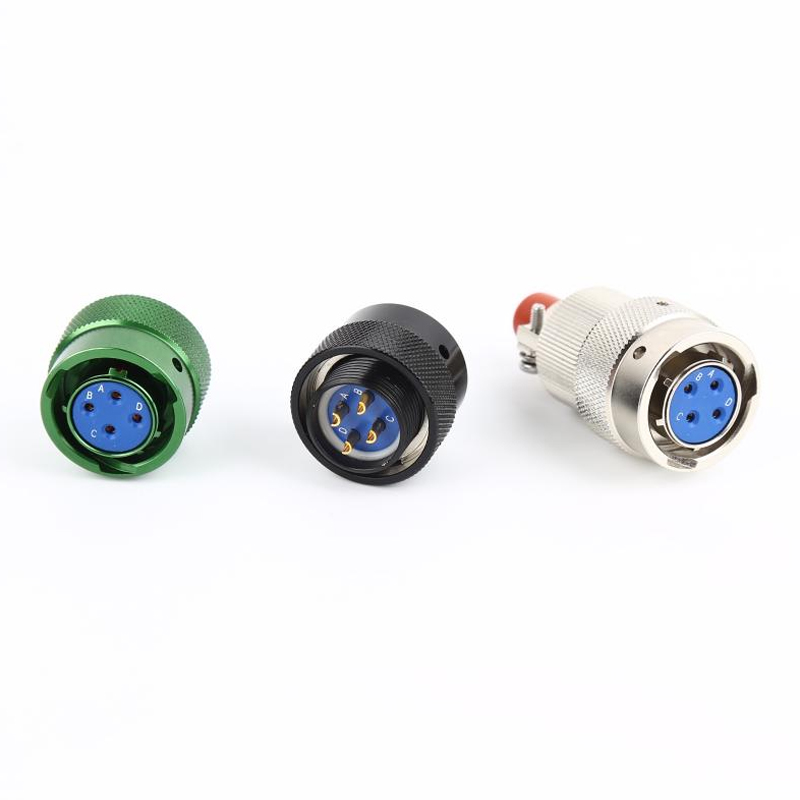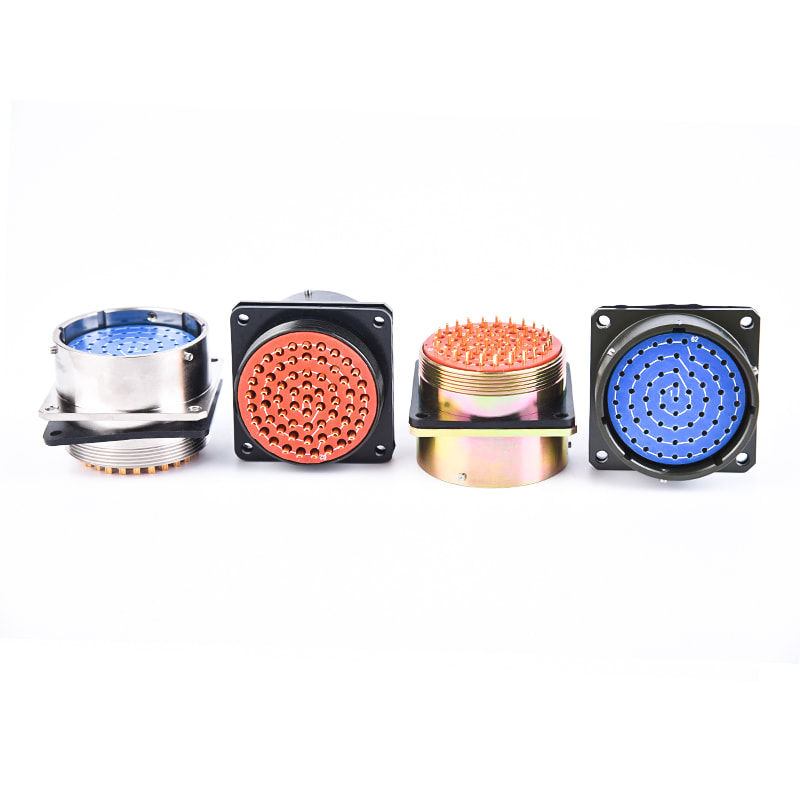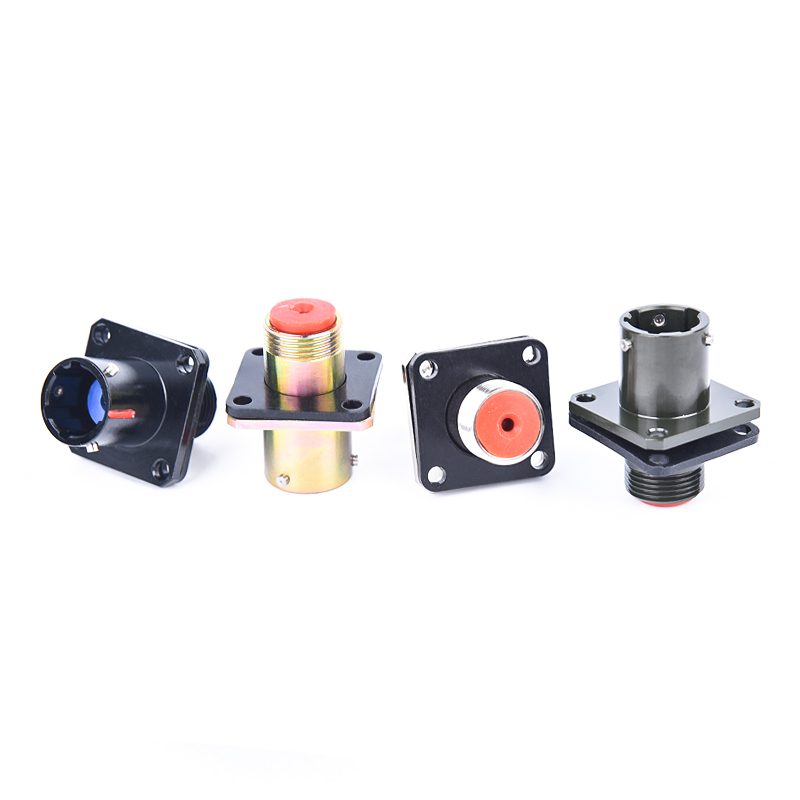- Home
- Products
- Solutions
- Quality
- Company
- Insight
- Contact
Web Menu
- Home
- Products
- Solutions
- Quality
- Company
- Insight
- Contact
Product Search
Exit Menu
MS5015 Series Military Aviation Plug: A Comprehensive Guide
-
All News
Product
- - Military Electrical Connectors
- - Circular Electrical Connector
- - Rectangular Electrical Connector
- - Push Pull Self-Locking Connector
- - Russian Connectors
- - Cable Connectors
- - RJ45 and USB Electrical Connectors
- - Fiber Optic Electrical Connectors
- - Anti Water And Electricity Connectors
- - Circular Power Connector
MS5015 Series Military Aviation Plug: A Comprehensive Guide
The MS5015 Series Military Aviation Plug represents a critical component in the aerospace and defense sectors, designed to meet rigorous standards for reliability and performance in extreme environments. These connectors are engineered to facilitate secure electrical connections in aviation systems, ensuring operational integrity under conditions of high vibration, temperature fluctuations, and electromagnetic interference. Understanding their specifications, applications, and benefits is essential for professionals involved in aircraft maintenance, design, and procurement. This article delves into the technical details, advantages, and selection criteria for the MS5015 series, providing a thorough resource for industry experts.
What is the MS5015 Series Military Aviation Plug?
The MS5015 Series Military Aviation Plug is a type of circular electrical connector standardized for military and aerospace applications. It conforms to MIL-DTL-5015 specifications, which define its mechanical, electrical, and environmental characteristics. These connectors are known for their robustness, featuring a threaded coupling mechanism, corrosion-resistant materials, and the ability to support multiple contact arrangements. They are widely used in avionics, power distribution, and communication systems within aircraft, ensuring dependable performance in critical operations.
- Standard Compliance: Meets MIL-DTL-5015 requirements, ensuring interoperability and reliability across systems.
- Design Features: Includes a threaded locking ring, environmental sealing, and various shell sizes and contact configurations.
- Applications: Commonly employed in military aircraft, helicopters, and unmanned aerial vehicles (UAVs) for power, signal, and data transmission.
Key Specifications and Technical Details
Understanding the technical specifications of the MS5015 Series Military Aviation Plug is crucial for proper selection and integration. These connectors are available in several shell sizes, contact arrangements, and material options, each tailored to specific operational needs. Key parameters include voltage rating, current capacity, temperature range, and ingress protection (IP) rating, all of which contribute to their suitability for harsh environments.
- Voltage Rating: Typically rated up to 600 volts, depending on the contact size and configuration.
- Current Capacity: Contacts can handle currents from 5 to 100 amps, accommodating various power and signal requirements.
- Temperature Range: Operates reliably from -65°C to +200°C, making them ideal for high-temperature aviation environments.
- IP Rating: Often rated IP67 or higher, providing protection against dust, moisture, and immersion.
Comparison of MS5015 Shell Sizes and Contact Configurations
The MS5015 series offers multiple shell sizes (e.g., size 10, 12, 14, 16, 18, 20, 24) and contact configurations to suit different application needs. Below is a comparison of common shell sizes and their typical uses:
| Shell Size | Typical Contact Count | Common Applications |
| Size 10 | 3-7 contacts | Signal transmission, sensors |
| Size 12 | 5-12 contacts | Avionics data links, low-power systems |
| Size 16 | 10-26 contacts | Power distribution, moderate current loads |
| Size 20 | 19-61 contacts | High-density avionics, complex systems |
Benefits of Using MS5015 Connectors in Aviation
The MS5015 Series Military Aviation Plug offers numerous advantages that make it a preferred choice for aerospace and defense applications. Its design prioritizes durability, safety, and ease of maintenance, which are critical in environments where failure is not an option. These connectors are built to withstand mechanical stress, environmental hazards, and electromagnetic interference, ensuring uninterrupted operation of aircraft systems.
- High Reliability: Engineered for long service life with minimal maintenance, reducing downtime and operational costs.
- Environmental Resistance: Constructed from materials like aluminum alloy or stainless steel with plating options (e.g., cadmium, nickel) for corrosion resistance.
- EMI Shielding: Provides effective electromagnetic interference protection, crucial for avionics and communication equipment.
- Ease of Use: Threaded coupling mechanism allows for secure and quick mating, even in confined spaces.
How to Choose the Right MS5015 Connector for Your Application
Selecting the appropriate MS5015 Series Military Aviation Plug requires careful consideration of several factors, including electrical requirements, environmental conditions, and mechanical constraints. Proper selection ensures optimal performance and compliance with industry standards. This section outlines key criteria to guide your decision-making process.
- Electrical Needs: Determine voltage, current, and signal types (e.g., power, data, high-frequency) to select the correct contact size and arrangement.
- Environmental Factors: Assess exposure to temperature extremes, moisture, chemicals, and vibration to choose suitable materials and seals.
- Mechanical Compatibility: Consider panel space, cable entry方向, and mating frequency to select the right shell size and coupling style.
- Certifications: Ensure the connector meets relevant standards (e.g., MIL-DTL-5015) and has necessary approvals for your industry.
MS5015 Connector Selection Checklist
Use the following checklist to streamline the selection process for your application:
| Factor | Consideration |
| Current Rating | Match contact size to expected current load (e.g., 5A, 20A, 100A). |
| Voltage Rating | Ensure compatibility with system voltage (e.g., 28V DC, 115V AC). |
| Shell Size | Choose based on contact count and panel space available. |
| Sealing Requirements | Select IP rating (e.g., IP67) for environmental protection. |
| Material | Opt for corrosion-resistant materials like aluminum with cadmium plating. |
Installation and Maintenance Best Practices
Proper installation and maintenance are vital for maximizing the performance and lifespan of MS5015 Series Military Aviation Plug connectors. Incorrect handling can lead to connection failures, system downtime, or safety hazards. This section covers essential practices for installing, inspecting, and maintaining these connectors in aviation systems.
- Installation Steps: Follow manufacturer guidelines for torquing the coupling nut, routing cables, and applying sealants to prevent over-tightening or damage.
- Inspection Procedures: Regularly check for signs of wear, corrosion, or pin misalignment, especially after exposure to harsh conditions.
- Cleaning and Lubrication: Use approved solvents and lubricants to maintain contacts and threads, ensuring smooth mating and unmating.
- Documentation: Keep records of installation dates, maintenance activities, and any issues encountered for traceability and compliance.
FAQ
What is the difference between MS5015 and MIL-DTL-5015 connectors?
The terms MS5015 Series Military Aviation Plug and MIL-DTL-5015 are often used interchangeably, but they refer to slightly different aspects. MS5015 typically denotes a specific series or style within the MIL-DTL-5015 standard, which is a broader military specification covering multiple connector types. MIL-DTL-5015 defines the general requirements for performance, materials, and testing, while MS5015 may refer to connectors that meet these standards with particular features like shell sizes or contact arrangements. Both ensure high reliability for aviation applications, but it's important to verify that a connector explicitly complies with MIL-DTL-5015 for critical uses.
Can MS5015 connectors be used in commercial aviation applications?
Yes, MS5015 Series Military Aviation Plug connectors can be used in commercial aviation, provided they meet the necessary regulations and performance criteria. While originally designed for military aircraft, their robustness and reliability make them suitable for commercial systems where harsh conditions are encountered, such as in engines, landing gear, or avionics bays. However, users should ensure compliance with commercial standards like those from the FAA or EASA, and consider factors like weight and cost, as commercial applications may have different priorities than military ones.
How do I ensure proper sealing for MS5015 connectors in wet environments?
To ensure proper sealing for MS5015 Series Military Aviation Plug connectors in wet or humid environments, select models with high ingress protection (IP) ratings, such as IP67 or IP68, which indicate resistance to dust and water immersion. Use appropriate sealants or gaskets during installation, and regularly inspect seals for damage or degradation. Additionally, follow torque specifications for the coupling nut to avoid over-tightening, which can compromise seals. For extreme conditions, consider connectors with additional environmental sealing features per MIL-DTL-5015 requirements.
What are the common failure modes for MS5015 connectors, and how can they be prevented?
Common failure modes for MS5015 Series Military Aviation Plug connectors include contact corrosion, pin misalignment, and seal degradation. These can lead to electrical discontinuities, short circuits, or environmental ingress. Prevention strategies involve regular maintenance, such as cleaning contacts with approved tools, applying anti-corrosion coatings, and ensuring proper mating during installation. Using connectors with robust materials (e.g., gold-plated contacts) and adhering to operational limits (e.g., temperature and current ratings) also mitigates risks. Implementing a routine inspection schedule per military or aviation guidelines is crucial for early detection of issues.
Are there lightweight alternatives to MS5015 connectors for UAV applications?
For UAV (unmanned aerial vehicle) applications where weight is a critical factor, lightweight alternatives to the MS5015 Series Military Aviation Plug exist, such as connectors meeting MIL-DTL-38999 or other miniaturized standards. These offer similar reliability but with reduced size and weight. However, if the MS5015 is specified for its proven performance in harsh environments, consider using titanium or composite shell variants to save weight. Always evaluate the trade-offs between weight, durability, and compliance with system requirements before selecting an alternative.

- Address : Jiangping South Road, Zhangqiao Industrial Park, Taixing City, Jiangsu Province, China
- Phone : +86 176 0151 5794
- Whatsapp : +86 176 0151 5794
- Email :[email protected]
- Email :[email protected]
- Home
- Products
- Solutions
- Quality
- Company
- Insight
- Contact
Copyright © Taizhou Henglian Electric Co., Ltd China Custom Electrical Connectors Manufacturers

 English
English русский
русский Español
Español 简体中文
简体中文